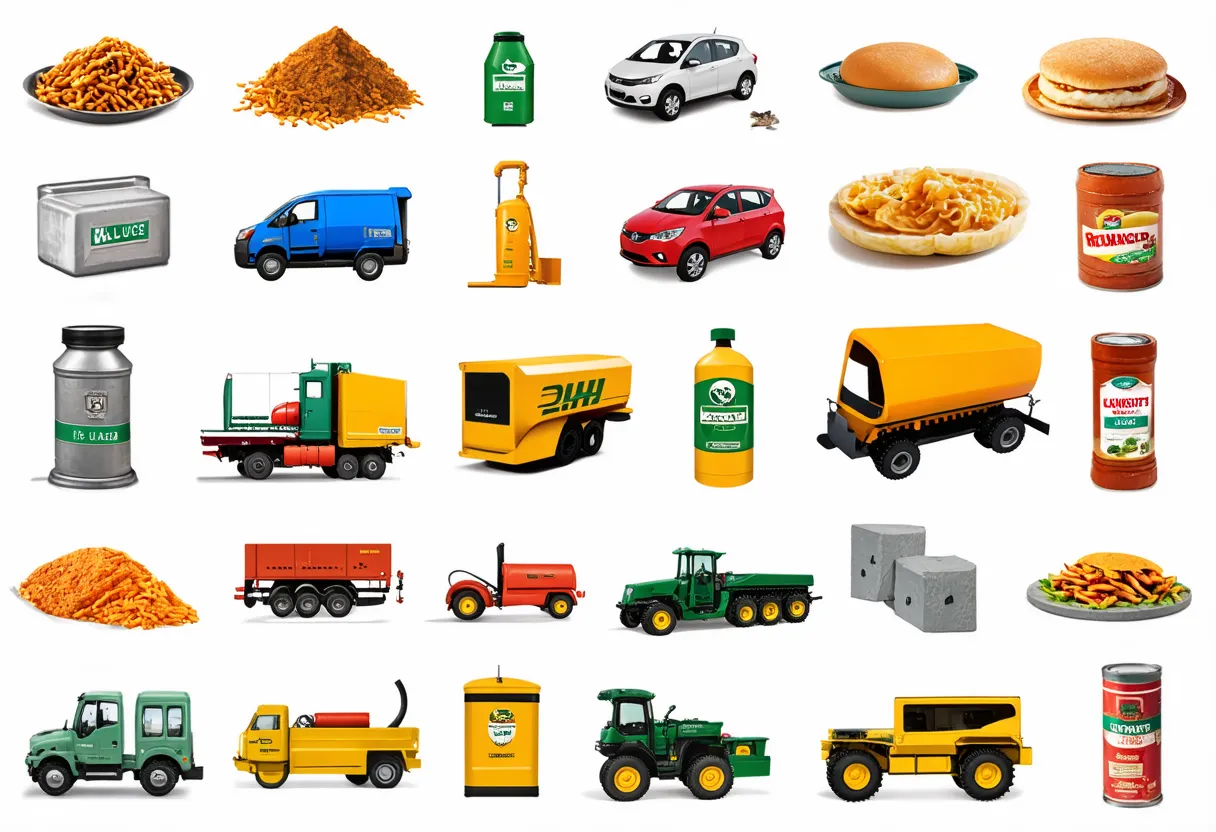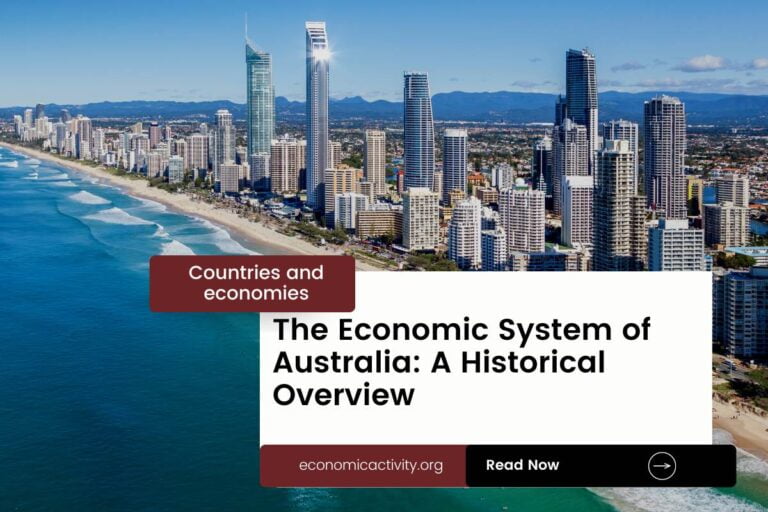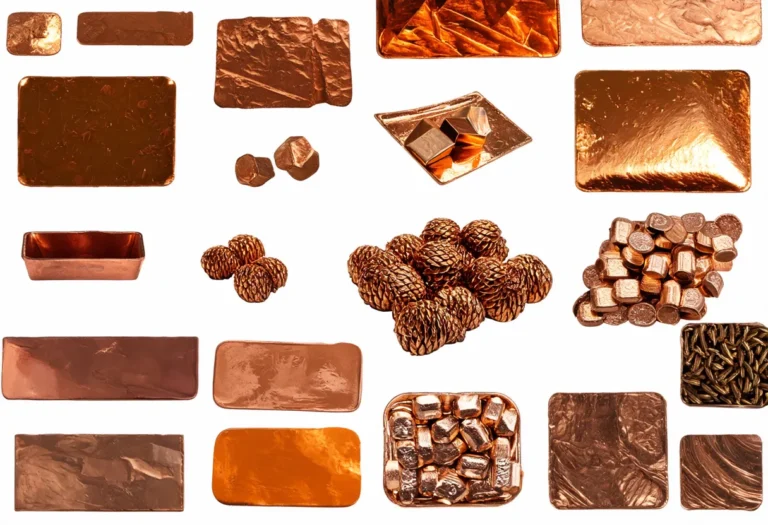West Bank and Gaza is a region with a population of 5,043,612, ranking 119th globally, just behind New Zealand. Located in the Middle East, it covers 6,025 square kilometers, ranking 156th worldwide, just below Puerto Rico.
West Bank and Gaza’s economic position in 2022 is characterized by a GDP of $19,111,900,000, ranking 119th globally. The country falls behind Armenia, which has a GDP of $19,513,474,648.24. In terms of GDP per capita, West Bank and Gaza have a figure of $3,789.33, placing them at the 122nd position worldwide.
They are surpassed by Eswatini, with a GDP per capita of $3,986.89. Despite facing challenges, West Bank and Gaza continue to navigate their economic landscape with resilience and determination.
What are the economic activities of West Bank?
- Primary activities: 3% of GDP.
- Secondary activities: 21.1% of GDP.
- Tertiary activities: 75% of GDP.

Primary Sector of West Bank
The primary sector in the West Bank is predominantly focused on agriculture, with approximately 65% of the land dedicated to farming. The region’s climate and natural resources support a variety of crops and animal products, including tomatoes, milk, cucumbers, olives, potatoes, sheep milk, eggplants, pumpkins, grapes, and chicken.
While agriculture contributes 3% to the GDP, the sector plays a crucial role in providing employment and sustaining livelihoods. The diverse range of agricultural products highlights the importance of the sector in the country’s economy, showcasing its resilience and potential for growth.
West Bank’s geological diversity results in varied natural resources. The primary sector heavily relies on arable land for agriculture, driving the economy through the production of fruits, vegetables, and olives.
Secondary Sector of West Bank
What is the secondary sector or what are secondary activities?
The secondary sector involves industries that create finished products from raw materials obtained from primary activities. In the West Bank, main industrial products include small-scale manufacturing, quarrying, textiles, soap, olive-wood carvings, and mother-of-pearl souvenirs. These goods are produced for domestic consumption and export, contributing to the region’s economic growth and development.
Manufactures play a crucial role in West Bank’s total exports, accounting for 63.53% in 2023. This highlights their significant contribution to the country’s economy and export revenue.
Tertiary sector of West Bank
What is the tertiary sector or what are tertiary activities?
The tertiary sector in the West Bank includes a variety of services that enhance productivity and meet needs. Main activities are restaurants, healthcare, education, banking, communication, media, and tourism. These services contribute significantly to the economy by providing intangible goods like expertise and attention.
Of particular importance, The tourism industry plays a crucial role in the economy of the West Bank, contributing significantly to its overall growth. With an impressive 688,000 annual arrivals, accounting for 0.1364 of the population, popular destinations like Bethlehem and Jericho attract visitors from around the world, showcasing the region’s rich cultural heritage and natural beauty.
Another example of tertiary economic activity is the mobile cellular sector, with approximately 4.4 million subscriptions, supporting technological growth. This connectivity fosters innovation and enhances digital services across various industries.
International Trade of West Bank
Import Activities of West Bank

The import activities of West Bank are crucial, with imports accounting for 67.36% of GDP in 2023, totaling $1.29 billion.
The West Bank’s major import partners are Israel (57%), Turkey (6%), Egypt (6%), Jordan (4%), and China (4%). Key import commodities include refined petroleum, electricity, animal food, cars, and cement for both the West Bank and the Gaza Strip.
Exports Activities of West Bank

In 2023, the West Bank’s total exports amounted to $3.54 billion, representing 18.54% of its GDP. This medium-high level of export activity is crucial for economic growth and stability.
The West Bank exports building stone, scrap iron, plastic products, furniture, and seats. Its main export partners are Israel (81%), Jordan (10%), UAE (2%), US (1%), and Turkey (1%). The export activities include both the West Bank and the Gaza Strip.
West Bank economy challenges in 2024
In 2024, West Bank faces political unrest and economic struggles. The region grapples with ongoing conflict, limited resources, and high unemployment rates. International aid is crucial for stability and development.




Leave a Reply